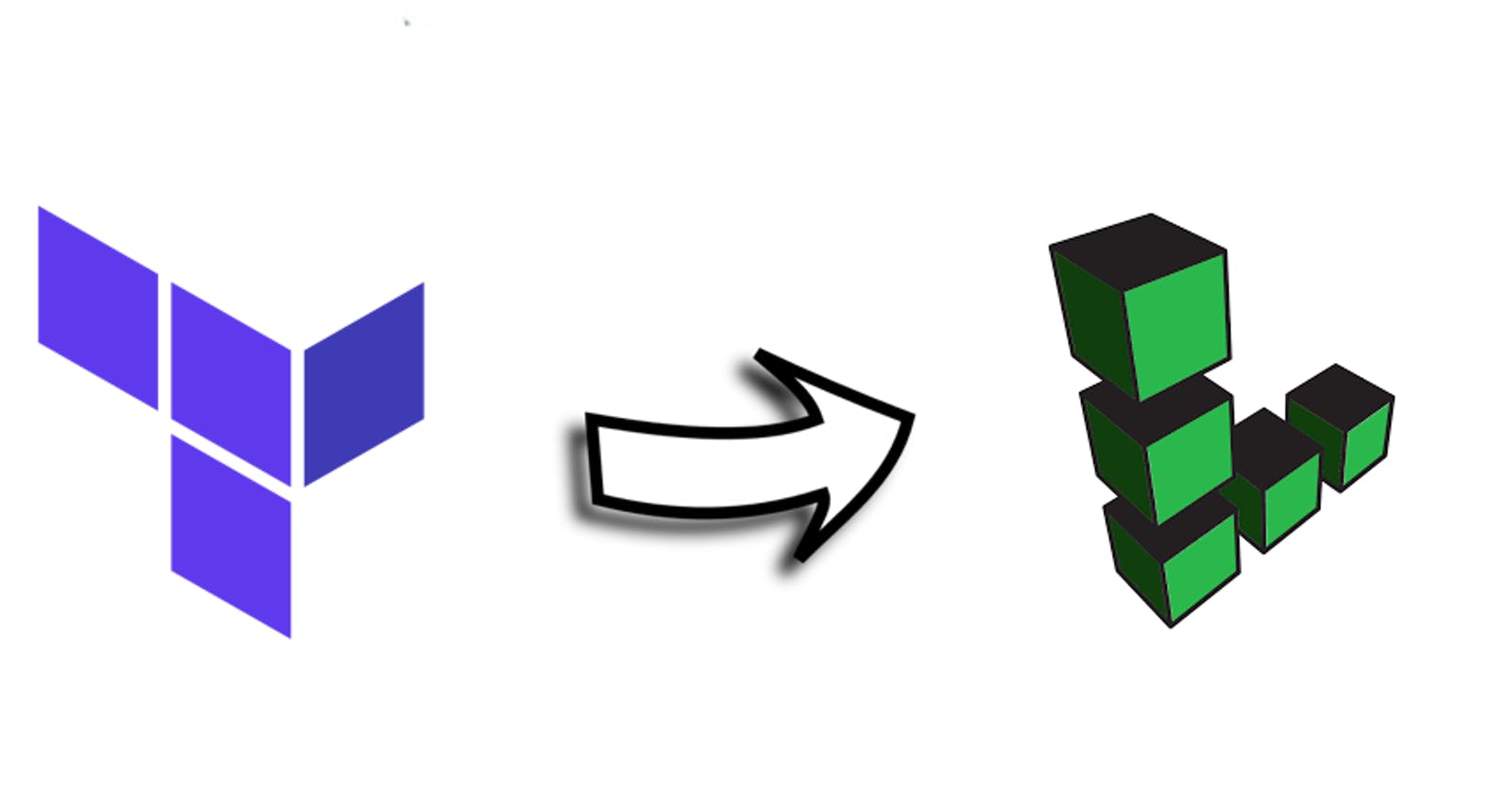Provisioning Kubernetes clusters on Linode using Terraform and LKE
In this blog post, I'll demonstrate how I am using Linode Kubernetes Engine(LKE) and Terraform to provision kubernetes clusters for Hivenetes (a personal project that I am working on). I chose Linode as the cloud provider as it is extremely easy to setup, cost effective and many more. I dont think I will use any other cloud provider other than Linode at least for my personal projects. Now that I have established my love for Linode, let's get started shall we?
Before you begin
Make sure you have the following setup,
- Linode account (Note: Using LKE is not free)
- Terraform installed
Setting up your workspace
Generate your Linode API Token by following these steps and save them in a secure place.
Clone the hivenetes/apiculture repository
git clone https://github.com/hivenetes/apiculture.git && cd apiculture/lke_clusterInitial directory setup should be like this,
├── hivenetes.tf # Main Configuration File ── linode_types.json # List of Linode Types - Pricing and Specs └── variables.tf # Variables used in hivenetes.tfCreate a terraform.tfvars file with the following content,
# This just an example label = "hivenetes" k8s_version = "1.19" region = "eu-central" pools = [ { # Type can be found from linode_types.json type : "g6-standard-2" count : 3 }, ]Create a secret.tfvars file that holds the API Token
token = "<your linode api token>"
[Note]: the .tfvars file should not be checked in to as it may contain sensitive information
Time to launch
Open a terminal and execute the following,
# Initialise terraform
terraform init
# View your terraform plan
terraform plan -var-file="secret.tfvars"
# Apply the plan
terraform apply -var-file="secret.tfvars"
# After a few minutes, you will see the outputs being displayed on the terminal
Connecting to LKE cluster
Open a terminal and execute the following,
# Saving the cluster configuration to hivenetes-config.yaml
export KUBE_VAR=`terraform output kubeconfig` && sed -e 's/^"//' -e 's/"$//' <<<"$KUBE_VAR" | base64 -d > hivenetes-config.yaml
# Add the kubeconfig file to your $KUBECONFIG environment variable
export KUBECONFIG=hivenetes-config.yaml
You can now begin interacting with your cluster using kubectl
# To list all your LKE Nodes
kubectl get nodes
Note: I use fubectl to interact with k8s as it makes my life way easier. I encourage you to check it out. If you are using microk8s then you can use microk8s fubectl, an microk8s adapted version that I made.
Cleanup
Make sure to clean up and destroy your clusters after using as you will be charged based on your usage.
# Bye Bye Hivenetes
terraform destroy
Now that is how simple and easy it is to spin up a Kubernetes cluster on Linode.

